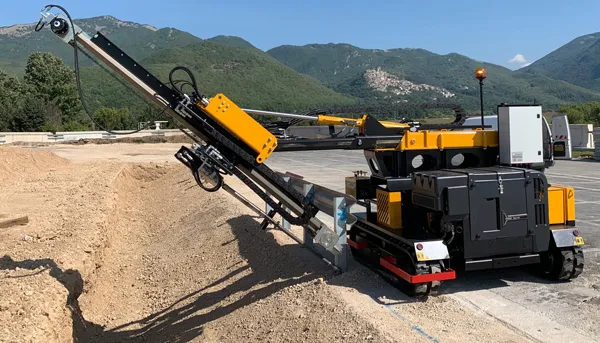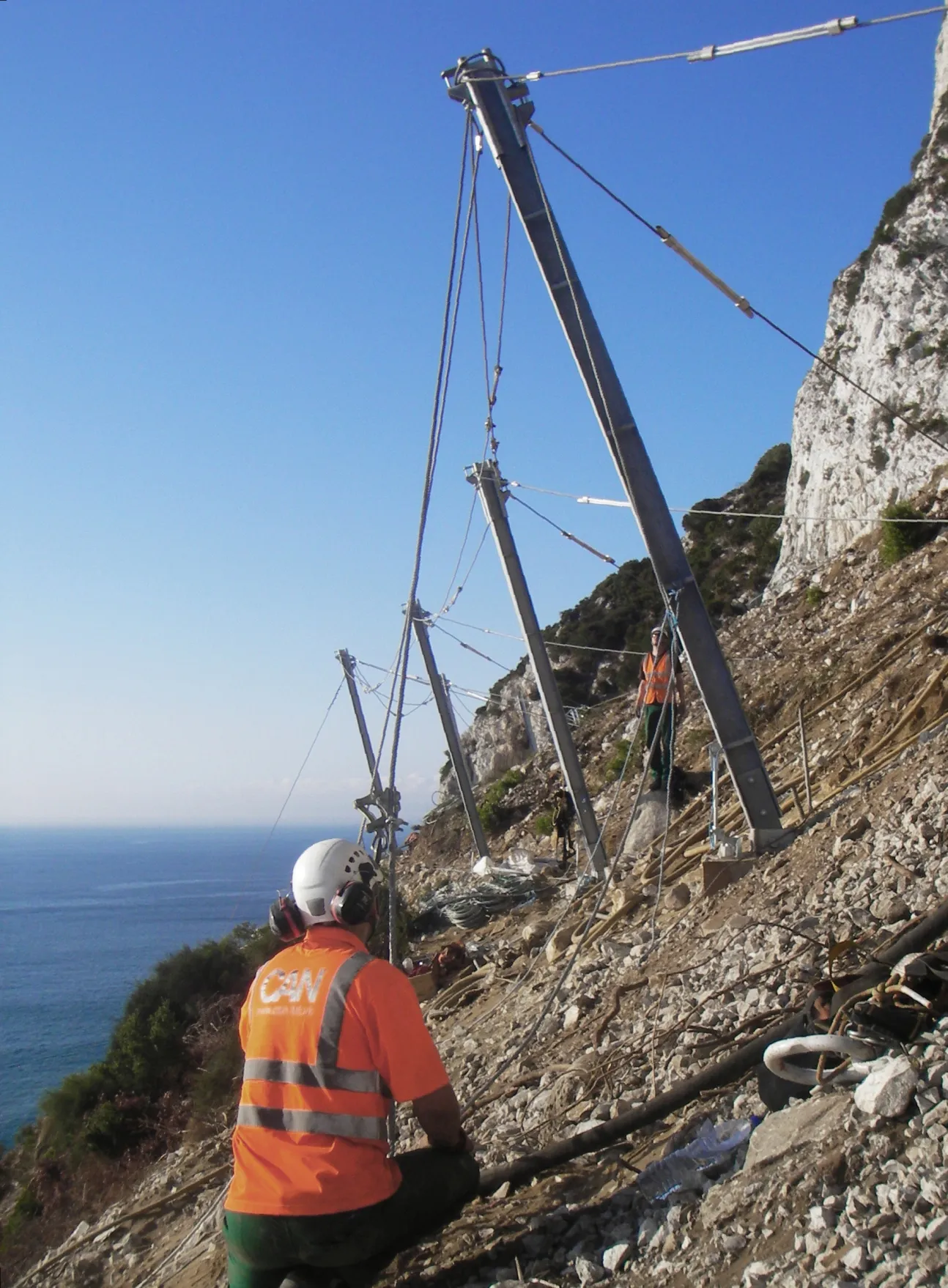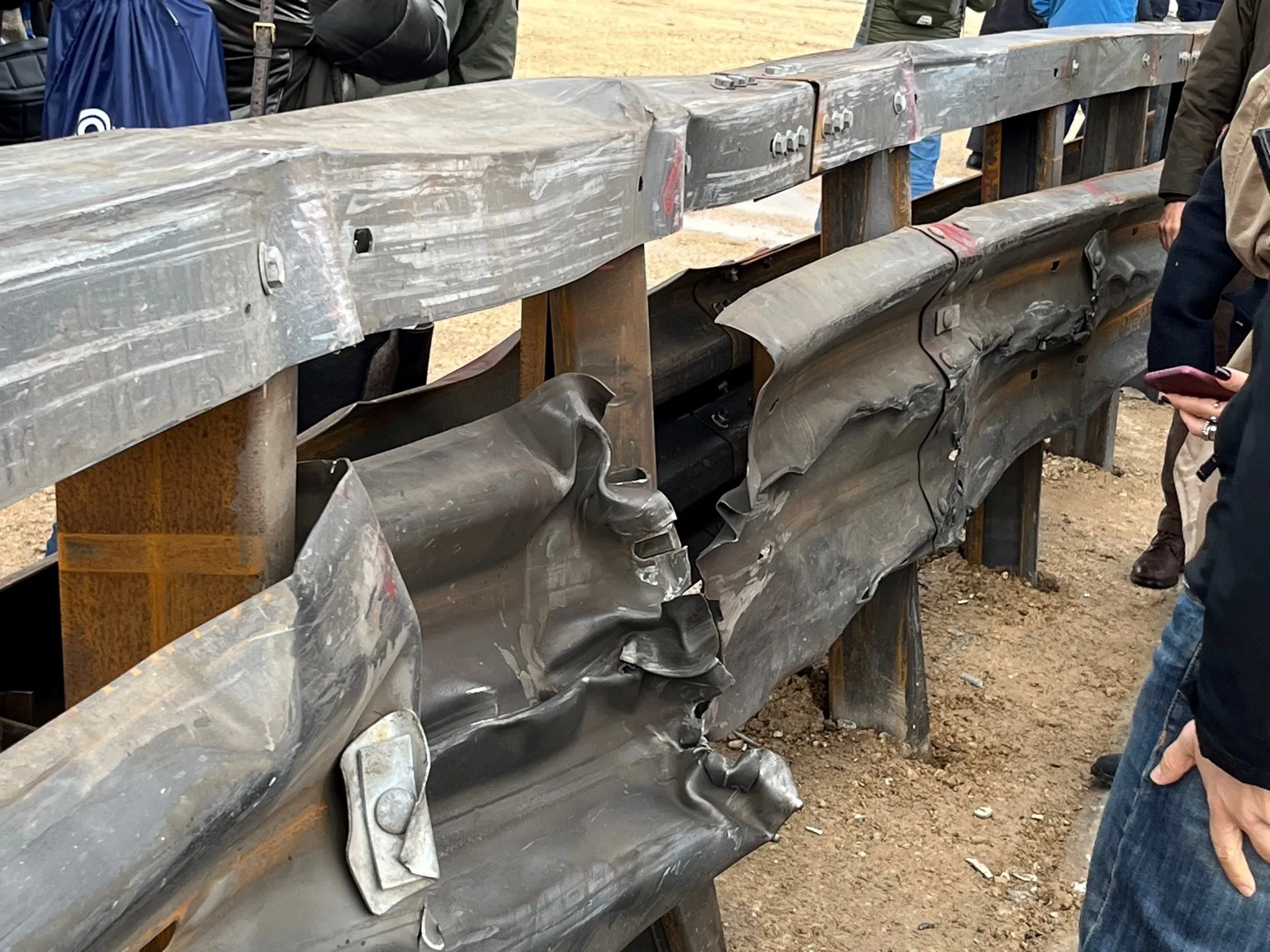
In order to install a road barrier, it must be crash-tested in a test house by a certifying body to declare that it conforms to European Union standards, explains TSL, based in Rome.
The barrier’s correct behaviour is guaranteed by the interaction between its posts and the soil into which it is installed. As such, the soil’s characteristics must give the post its maximum security of installation which in turn guarantees the barrier behaves as predicted during laboratory tests or test-bed sessions.
However, in real life, installations do not always occur in soil with suitable characteristics. In these cases, when a vehicle crashes into the barrier, the structure is inevitably incapable of containing the vehicle and redirecting it back onto the roadway. The solutions usually adopted not only fail to solve the problem but are also quite expensive, according to TSL.
Where soil conditions fall short of what is needed for complete barrier performance, the S.C.Re.W.S. system provides the necessary strength to the post installation. S.C.Re.W.S. transfers impact loads to the road pavement subgrade that has stronger mechanical characteristics than those of the embankment. This anchorage system allows the post to bend in a predefined spot and, via its plastic deformation, correctly dissipate the energy of the impact, similarly to what happens during a crash test.
TSL says that its system has been tested by numerous certifying bodies.









